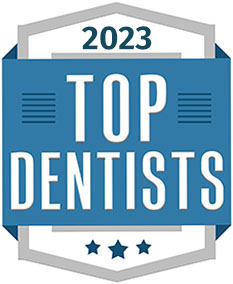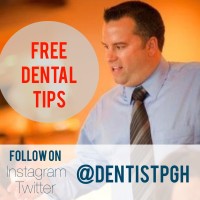Flossing – Best Before or After Brushing?
Flossing. Everyone wishes they did it more often, and every lies about how often they do it to their dentist. Yes, we know when you’re lying. (Hey, it’s our job!) It’s common sense that taking care of your teeth is an easy and critical health routine, yet many neglect it. I even saw a statistic come across my Twitter feed the other day stating that Americans spend 10 billion in hair products every year – and only 2 billion in dental health. See the problem?
I am sure you already know that taking good care of your teeth and gum can add years to your life, but did you know it:
— lowers risk for heart disease, stroke, diabetes
—and even memory-robbing disorders like Alzheimer’s disease?
Studies also show that older adults who brushed their teeth less than once a day were up to 65 percent more likely to develop dementia than those who brushed daily. YIKES!
Want even more motivation to brush and floss? “A new CDC study reports that nearly 65 million Americans—one out every two adults ages 30 and older—have gum disease, a far higher rate than has previously been reported. That’s dangerous, since a 2012 American Heart Association scientific statement reports that periodontal (gum) disease is a strong, independent risk factor for cardiovascular disease (heart attacks and stroke).”
To Floss Before or After?
I say floss before – because it will loosen up all the tid bits that you will be able to brush away. But either way, flossing at ALL is a good place to start!
What’s the Bottom Line on Flossing?
The American Dental Association reports brushing or flossing first are both fine, as long as you do a thorough job. However, the ADA adds that a benefit of flossing first is that fluoride from toothpaste is more likely to reach between your teeth when you brush, which may help reduce cavities.
For more tips on flossing—including a how-to video from the ADA—click here.
Leave a reply



Leave a reply